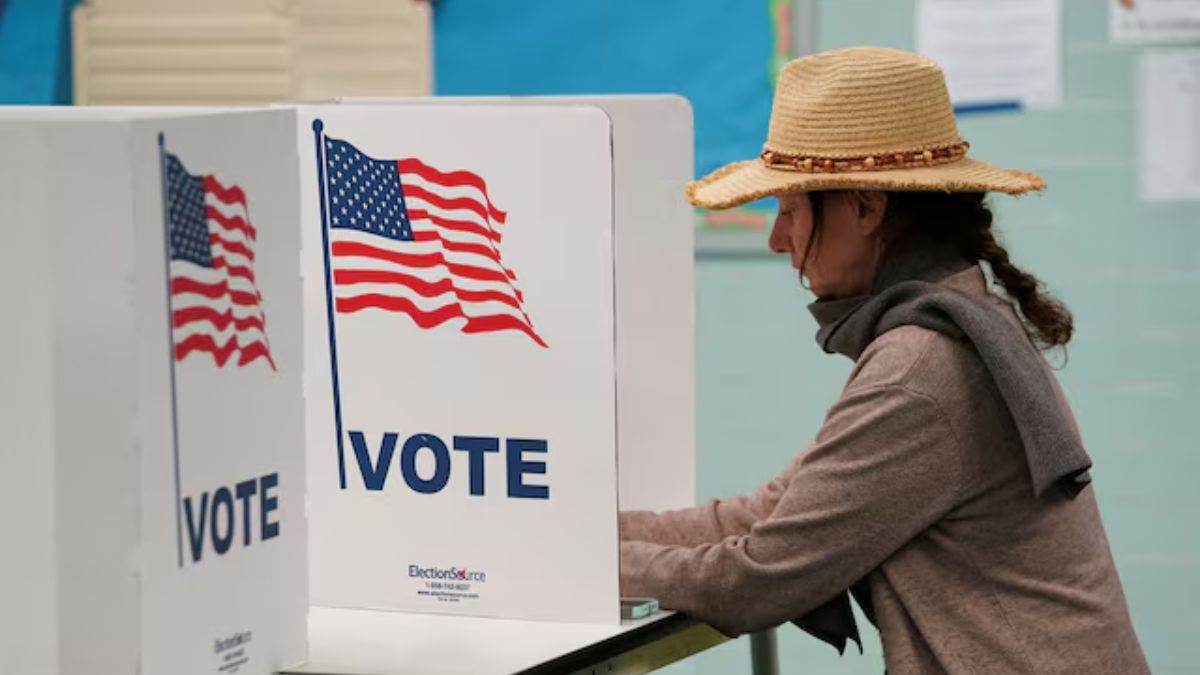The US presidential election result is not formally certified till January 6, but we would likely know the winner within days if not hours after the closure of voting.
This happens because of the unique manner in which votes are cast, ballots are counted, and results are declared, and then formally certified in the United States.
The election result that we learn within hours or days of the closure of voting rests on ‘calls’ made in favour of either of the candidates. These calls are made by US media organisations which either have in-house teams of pollsters and analysts or follow established sources like the Associated Press, the National Election Pool, or the Decision Desk HQ.
While the result was clear within hours of the closure of votes in 2016 election in which Republican Donald Trump beat Democratic rival Hillary Clinton, it took four days to call Democrat Joe Biden’s victory over Trump in 2020 election.
Here is how election ‘calls’ are made
Of 538 Electoral College seats distributed among states, a candidate has to win 270. The US presidential election is therefore a bunch of state elections and candidates tailor their campaigns such that they win a combination of states that takes them past the 270-mark. This is why an election can be ‘called’ even before the counting of votes has been completed in all states.
Such ‘calls’ in favour of a candidates are made by outlets such as CNN, ABC News, Fox News, and AP. These organisations either have in-house teams (such as at Fox) or follow AP or dedicated election analytical organisations like Decision Desk HQ.
Impact Shorts
More ShortsScott Tranter, the Chief Data Scientist, of Decision Desk HQ told CNN that an election call boils down to basic mathematics.
Tranter said that the core principle driving the decision of making a call is whether one of the candidate is in a position where other candidates can no longer bridge the gap between them.
Tranter said, “How many votes does Candidate A have? How many votes does Candidate B have? All the way down to however many candidates there are, we determine how many votes are left, and if Candidate B, who is in second, is not determined to be able to get enough of the remaining vote left to overtake Candidate A, who is in first, then we’re ready to project a winner.”
Moreover, the process is driven by analyses and consensus. The CNN reported that at least three of their team of 15 race callers at the headquarters must agree with 99.9 per cent certainty that a winner can be projected.
Separately, CNN Political Director David Chalian said that the outlet makes calls when it reaches “99.9 per cent confidence level” regarding a winner.
“We get to that level of certainty much faster in a race where one candidate has a 40-point lead than when one candidate has a three-tenths of a percentage point lead,” said Chalian.
While Decision Desk HQ had tied up with US news channel NewsNation and newspaper The Hill, the CNN is part of the National Election Pool, a consortium of news organisations including ABC News, CBS News, and NBC News, which partners with data and polling firm Edison Research for vote count data.
Similarly, AP also makes a call when it is “fully confident a race has been won – defined most simply as the moment the trailing candidates no longer have a path to victory”.
Many races are won on election night, but it’s not uncommon for it to take a few days – and in rare instances, a few weeks – to reach that point.
Explaining how AP calls elections, it notes that in addition to district-level vote-count, its analysts and reporters “look at the vote by type of ballot: cast in person at polling places, or in advance by mail or in person”.
“They are also in constant contact with AP’s vote count team, in search of the latest information about what’s been counted so far and how many ballots may still be left to count. All of this reporting and analysis is aimed at determining the answer to a single question: Can the trailing candidates catch the leader? Only when the answer is an unquestionable ’no’ is the race ready to be called,” notes AP on its website.
)